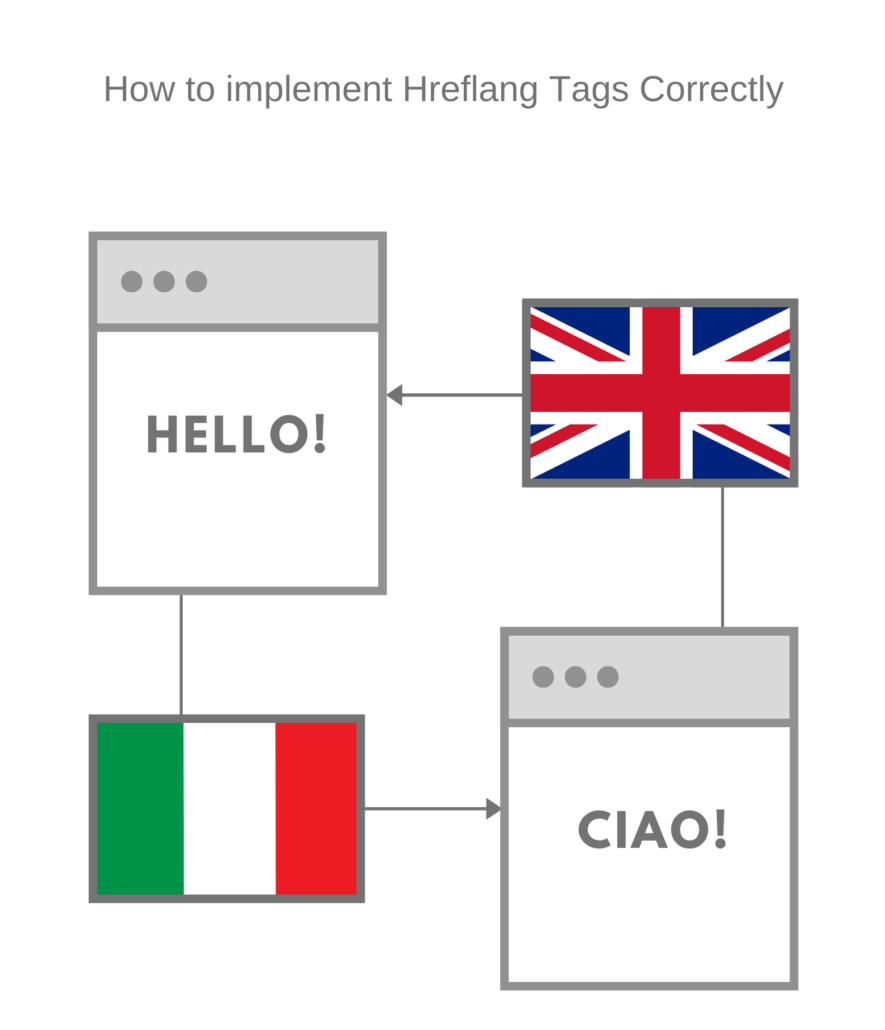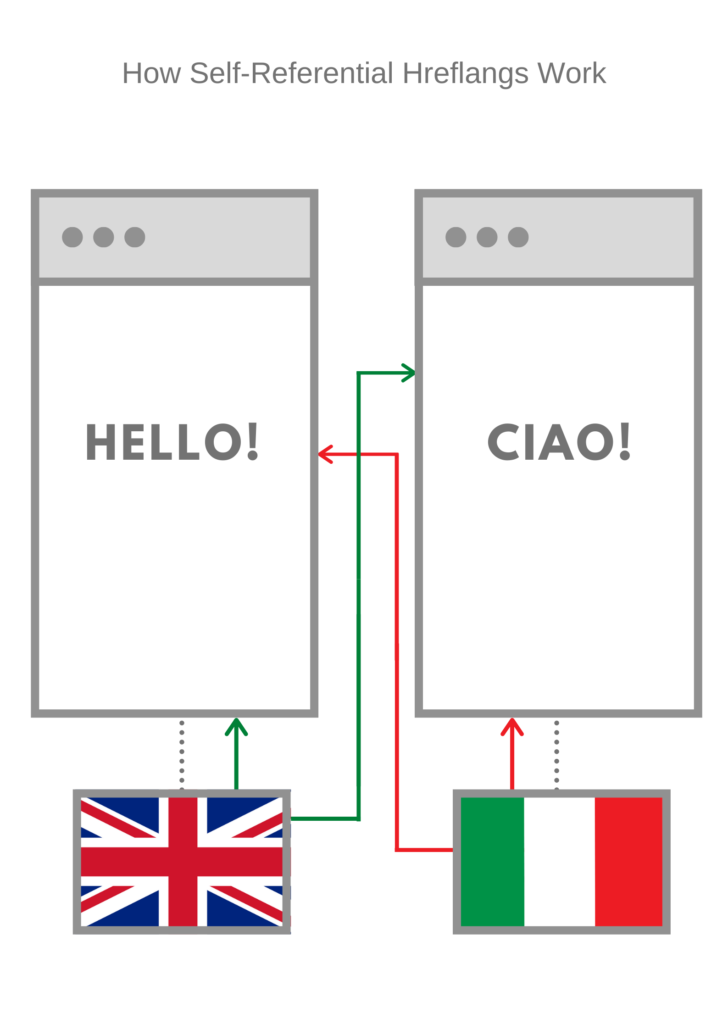Drawing new audiences is an amazingly effective way to increase your website traffic.
If you’re growing your business all over the world, you may have already admitted translating your website into multiple languages. It can be an excellent way to monetize your content and sell it to users outside your local region.
It’s an exciting idea, but it’s not simple to translate your website’s pages. Most of the translated pages would be similar to the content on your current pages, risking your website to be penalized by search engines.
There’s a huge opportunity to increase your business by drawing users from various geographical or language areas, but there is a precise way to guide new audiences to your website.
The best way to attract these new audiences is by implementing HTML attribute hreflang tags.
What Is the Hreflang Tag?
The hreflang is an HTML language attribute that provides the search engines valuable information about your content by showing language codes and country codes for every piece of content. This language attribute tells the search engines what language and geographical area you’re targeting with the content.
Here are the new users you could pull using hreflang:
- Users in the same country but speaks a different language
- Visitors from different countries but speak other languages
- Also, visitors from various countries, who speak the same language
Using hreflang can increase the organic search engine optimization on your website and drive your digital marketing outreach to new customers without harming your domain authority or affecting user experience.
Why Are Hreflang Tags Important?
The hreflang enables you to inform the search engines which pages to display to which users. The hreflang gives search engines a clear indication that the displayed content is not copied from anywhere, but has been customized for different sources.
Let’s assume that your website is written entirely in the English language, with your local currency noted for products. However, other English speakers located in various geographic regions could benefit from your content.
What if you could display an alternate version of your website to your users that would automatically match their local currency?
Let’s go a step ahead. What if you could translate your website content into multiple languages and then ensure that search engines showed the right search result to your potential and target users?
While it may take some time to set up the value of showing the audience what they want to see, you can translate the content as per the requirement. Furthermore, it can be a significant boost to improve your website rankings.
Who Should Use Hreflang Code Attributes?
This strategy is best for businesses that have a big reason to be accessing international markets. For example, you can monetize the website traffic; sell directly to the website visitors, or creating global brand recognition.
If this seems like your company, it might be a great time to invest in creating a global SEO tactic.
SEO: Advantages of using Hreflang Tags
Your website can gain advantage from hreflang attributes in three critical ways:
- Decreases bounce rates, increases website ranking, and improves click-through.
- Improves user experience for the users outside your region.
- Hreflang tags will help you from being penalized for duplicate content.
There is a strong global audience you could be reaching out to, but you’ll need to find various ways to offer them multiple versions of your content that is completely optimized for their experience.
Language and Country Codes
Next, you’ll need to select the correct country codes to create your hreflang tags. There are authorized language codes and country codes. When creating the hreflang codes, remember that you’ll need a language code or country code. However, you could easily pick a language code, but you’ll never have a country code by itself.
Relationship Between Tags
You’ll need to make sure that you show the correct link between the tags, which means understanding self-referential, bidirectional hreflang attribute, and X-Default tag references.
- Self-referencing tags mean that every language version should refer to itself and all the other versions.
- Bidirectional means the tags should be paired with another tag on the alternate content.
- X-default generates a default version of a page that does not target any particular language.
What Does a Hreflang Attribute Looks Like?
A valid hreflang attribute will look like the following:
link rel=”alternate” href=”http://example.com” hreflang=”en-us” />
How to Implement Hreflang Tags
What does a successful hreflang tag implementation look like? There are a few things to acknowledge when setting up hreflang for your website content. Furthermore, if any of these steps are not completed, your hreflang tags will not work.
Create a Content Strategy
Start by doing a full website audit to plan out what you have already created to target new languages or geolocations. Implement your current content and pages that you have already translated. Next, check your Google analytics and notice who else is visiting your website, the regions, and the language settings in their browsers.
Choose an Implementation Method
You can integrate valid hreflang attribute tags in one of three ways:
- In every page, implement the hreflang tag using HTML in link elements in the section.
- Integrate the hreflang attribute in HTTP headers for non-HTML pages or non-HTML files.
- Implement the hreflang tag in your XML sitemap markup
Resources for Successful Implementation of Hreflang Tags
There are a few resources that show how to add hreflang tags on your site content. Remember that various platforms will have precise instructions for implementation and integration, so understand those before you begin.
Conclusion
Hreflang is a useful attribute to tell search engines about your website language, the targeted region with a piece of content.
Implementing hreflang tags on your website can help you attract international audiences using content. Would you like us to help you decide if hreflang could work for you? It might be the best time to get help with your business.
Hreflang is not that easy to implement but it can help you expand your reach and boost your organic search engine optimization far beyond what your website is performing today.
Just remember to build a strategy that avoids common traps and double-check your hreflang tags after implementation and every few months.









